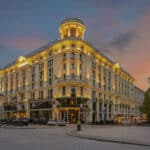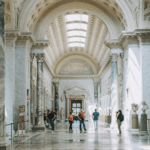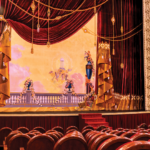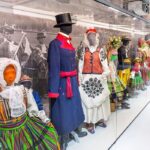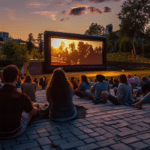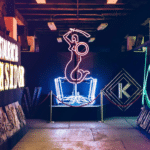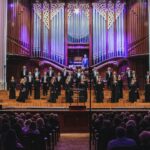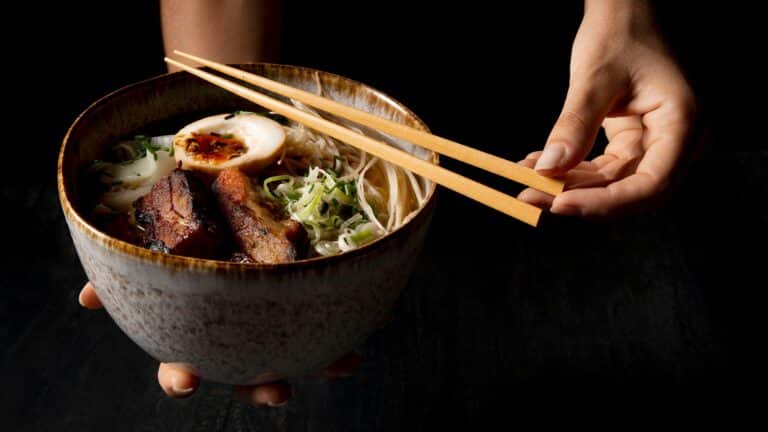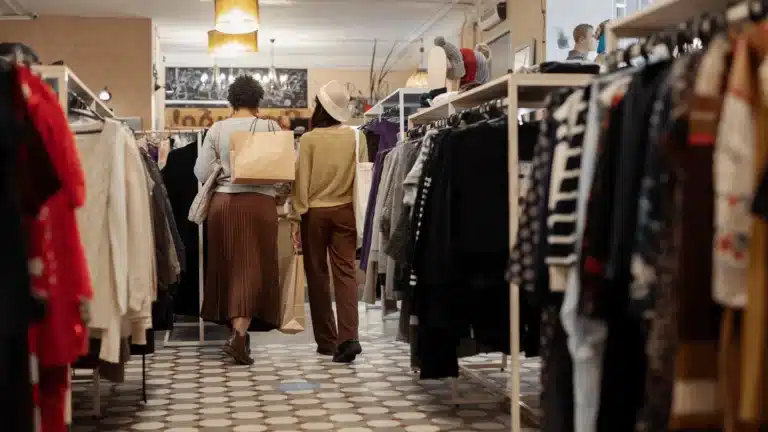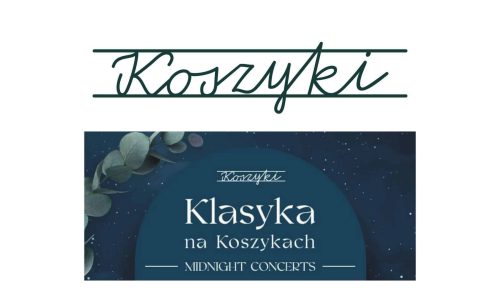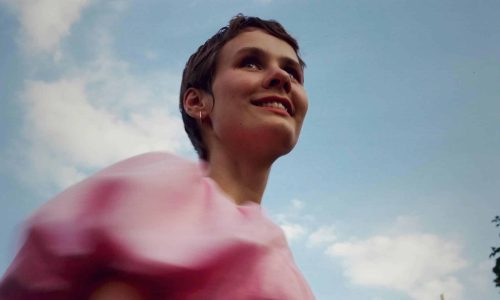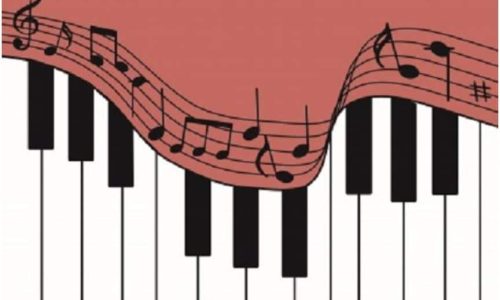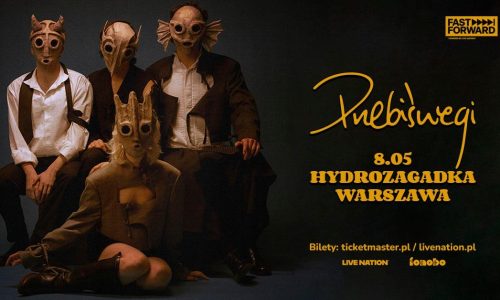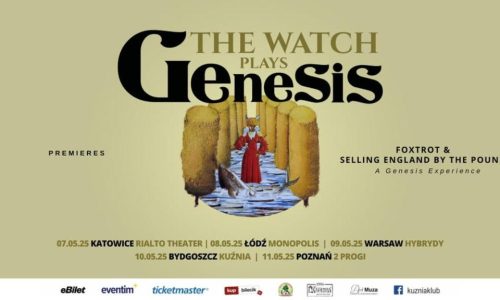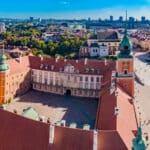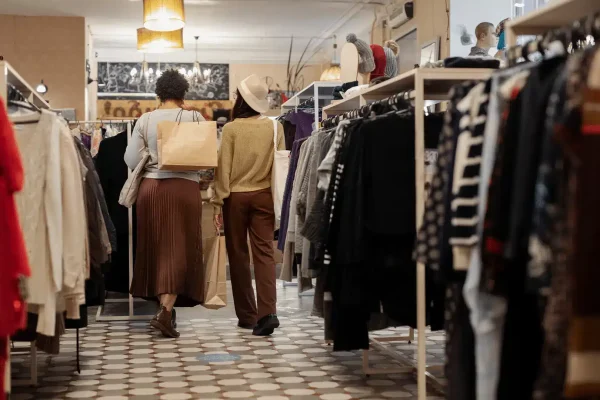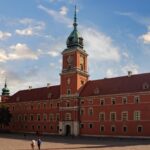The Royal Castle's interior exhibition can be enjoyed as part of the Royal Tour for visitors. It includes: The Grand and Royal Apartments, the Porcelain Gallery, the New Chamber of Deputies, the Wettin Gallery, the Rooms of the Presidents of the Second Republic and the Authorities in Exile, the Senator's Room, Jan Matejko's Paintings, and the Antechamber.
The Grand Suites are the representative rooms: The Council Hall - the meeting room of the Permanent Council, Poland's first permanent government, composed of the king, 18 senators and 18 deputies; the Great Hall - the place of court ceremonies and assemblies, where feasts, balls, concerts and theatrical performances were also held; the Knights' Hall - dedicated to honouring those of merit to the homeland, and the Throne Room - with recreated silver embroidered eagles on the back of the throne. The whole is complemented by smaller but exceptional rooms such as the Marble Room - with famous portraits of the kings of Poland, the Oval Gallery and the Antechamber.
The Royal Suite is the King's living quarters. In addition to the Bedroom, the King's Wardrobe and Study and the Audience Chamber, it also contains the famous Canaletto Room - with its collection of vedutas, the Chapel, the Green Room and the Yellow Room, where the famous Thursday dinners were held. The rooms are filled with recovered and restored memorabilia and an extraordinary collection of artworks, mainly paintings and sculptures.
The former Chamber of Deputies is located in the ground floor of the Great House (Curia Maior), the residence of Duke Janusz I the Elder, built at the beginning of the 15th century. Prior to 1526, it served as a representative vestibule (pallacium); it was the seat of the ducal courts and the Mazovian Diet.
After the Chamber of Deputies was moved to another interior, the hall was divided into service rooms around 1670. This is how it survived until the 20th century. Its historical architecture was discovered in the 1920s by the curator Kazimierz Skórewicz. The cellars under the hall survived the destruction of the Castle in 1944. On their foundations after 1971 the interior was reconstructed, enriched with frescoes with the coats of arms of the provinces and the lands of the Republic, referring to the original decor; the cookers were also reconstructed on the basis of tiles from the 17th century found in the Castle.
Porcelain Gallery.
This most noble of ceramics has accompanied us for centuries. It delights, adds splendour and carries the burden of tradition from generation to generation. In the permanent exhibition at the Royal Castle in Warsaw, one can admire the finest examples of antique porcelain from the royal manufactory in Meissen and from the Far East. Some of them used to adorn the tables of Polish kings.
The Vettin Gallery.
The room is furnished in the manner of royal or aristocratic representative rooms from the first half of the 18th century. Both the works of art and the furnishings bear the marks of the dominant artistic styles of the time: Rococo and Regency.











